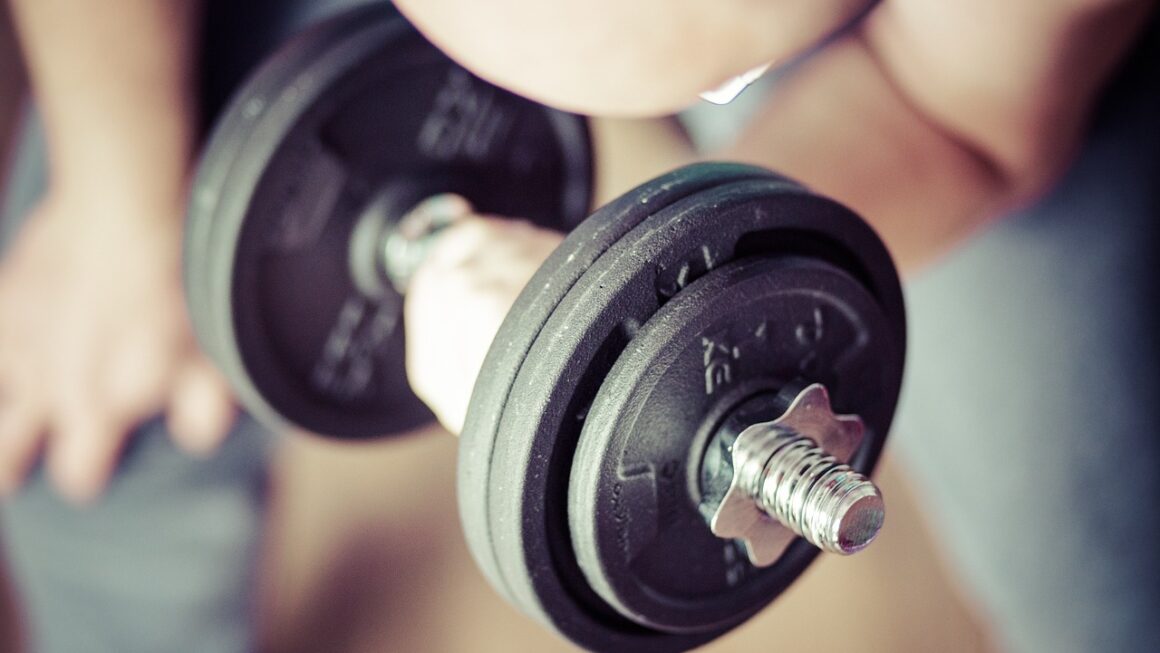Swimming is not just a refreshing summer activity; it is a versatile and rewarding sport and exercise option that appeals to people of all ages and fitness levels. Whether you are taking a dip in a local pool, enjoying the ocean breeze on a beach, or training for competitive events, swimming offers a multitude of physical, mental, and social benefits. In this blog post, we delve into every aspect of swimming, from its health advantages to tips for improving technique, ensuring you gain valuable insights to enhance your swimming journey.
Benefits of Swimming
Physical Health Benefits
Swimming is an excellent full-body workout that engages multiple muscle groups while being gentle on the joints. Here are some key physical health benefits:
- Improved Cardiovascular Fitness: Swimming strengthens the heart and lungs, boosting endurance.
- Increased Muscle Strength: As you swim against the water’s resistance, it tones and builds muscles.
- Weight Management: A vigorous swim session can burn between 400 to 700 calories per hour, depending on intensity.
- Joint Flexibility: The low-impact nature of swimming promotes flexibility and reduces the risk of injuries.
Mental Health Advantages
Engaging in swimming can significantly enhance mental well-being:
- Stress Relief: Swimming helps reduce levels of cortisol, the stress hormone.
- Enhanced Mood: Physical activity releases endorphins, leading to improved mood and reduced anxiety.
- Mindfulness and Relaxation: The rhythmic nature of swimming can facilitate a meditative state.
Different Swimming Styles
Common Swimming Techniques
- Freestyle: The fastest and most popular stroke, ideal for competition and fitness.
- Backstroke: Performed on the back, it’s great for improving posture and upper body strength.
- Breaststroke: Known for its unique glide, this style is excellent for beginners.
- Butterfly: A challenging stroke that builds strength and demands coordination and rhythm.
Choosing the Right Style for You
- Assess your fitness goals (e.g., competition, relaxation, or fitness).
- Consider your comfort in the water and any physical limitations.
- Try different strokes to see which ones you enjoy the most.
Essential Swimming Gear
Must-Have Swimming Equipment
Having the right gear can enhance your swimming experience:
- Swimsuit: Choose a comfortable, durable swimsuit tailored for your swimming style.
- Goggles: Protect your eyes from chlorine and improve underwater visibility.
- Swim Cap: Keeps hair out of your face and can reduce drag.
- Flippers: Useful for improving propulsion and foot strength.
Safety Equipment
- Life Jackets: Essential for beginners and children.
- Pool Noodles: Helpful for flotation and learning balance.
Swimming Techniques for Improvement
Form and Technique Tips
Great swimming technique can enhance efficiency and minimize injury risk:
- Body Position: Maintain a streamlined posture to reduce drag.
- Breathing: Ensure you rotate your head, keeping one side open for air while swimming freestyle.
- Kick: A strong, consistent kick generates balance and propulsion.
Drills for Skill Development
- Practice different strokes to improve versatility.
- Incorporate drills like ‘pull buoy’ and ‘catch-up’ to work on arm strokes and pulls.
- Record yourself swimming to self-assess your technique.
Conclusion
Swimming is a highly beneficial activity that offers physical fitness, mental wellness, and social engagement. With its diverse styles and adaptability to different skill levels and goals, it is an ideal choice for anyone looking to enhance their overall health. By understanding the benefits, mastering various techniques, utilizing essential gear, and adopting effective training strategies, you can maximize your swimming potential. So, whether you’re a novice or an experienced swimmer, dive in and make the most of your swimming experience today!




